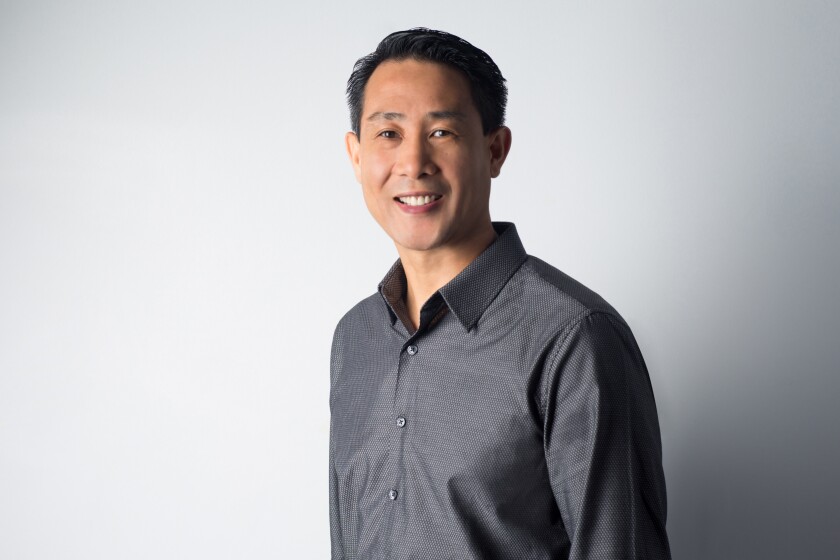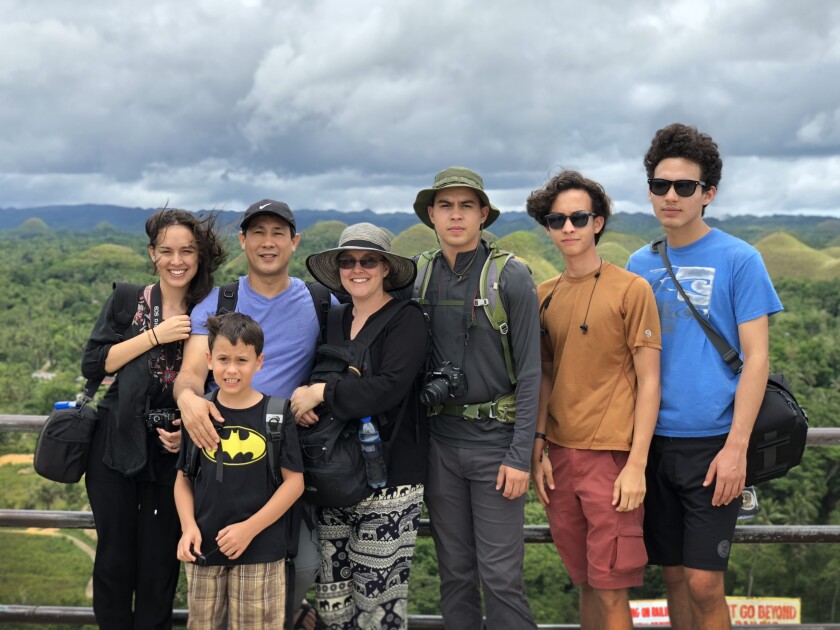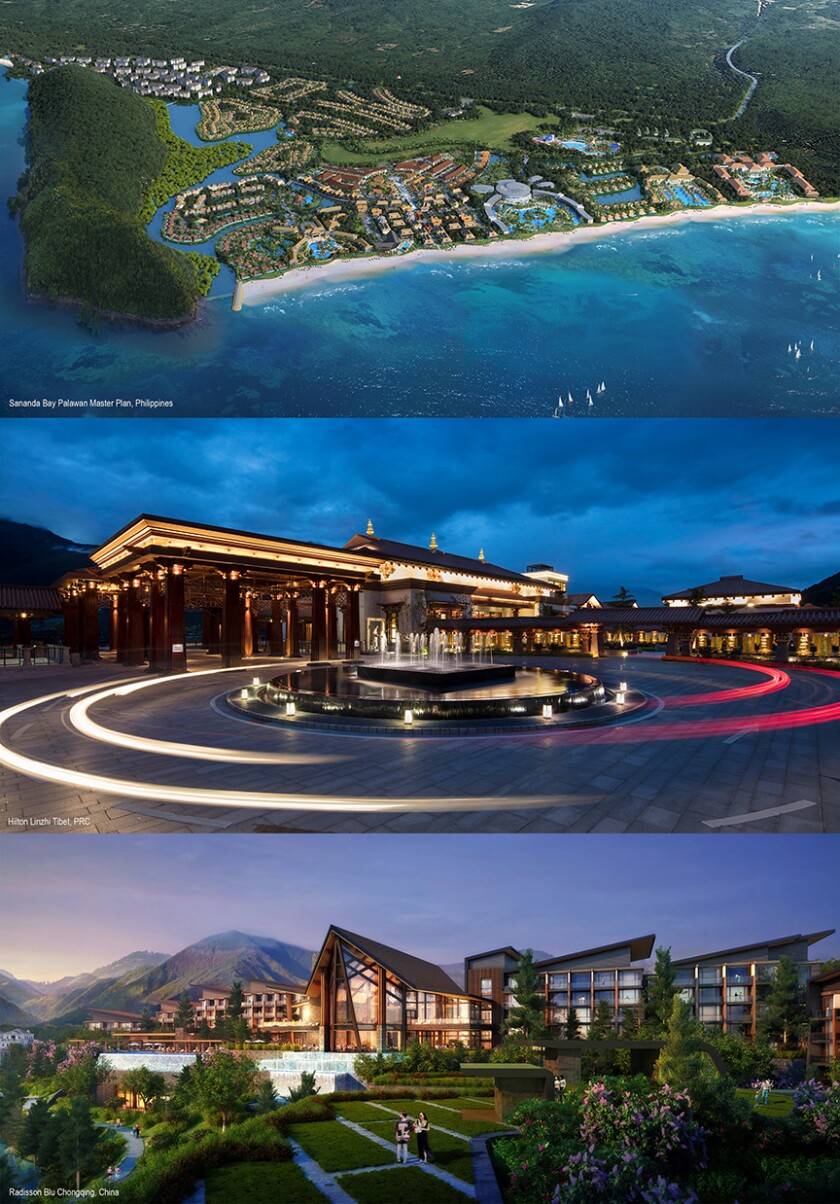Meet Benjamin Candari, principal and co-founder of FSC Architects and BYU–Hawaii alumnus. Candari's life journey has been linked with BYUH since his enrollment as a student in 1990. Following his graduation, he embarked on a career in architecture, achieving significant milestones that eventually led him back to this unique campus. Looking back on his career, the Lord had prepared Candari for a meaningful role in re-designing the McKay Complex, thus continuing his BYUH legacy.
Ever since he could remember, Benjamin Candari loved drawing. As a young child, he would practice sketching in the dirt at his neighborhood park. Crouching under the trees for hours on end, he used a stick as his pencil and slippers as an eraser. It was in these formative moments he learned to appreciate art.

Candari's humble beginnings started in Bacolod, Philippines, where he and his family converted to The Church of Jesus Christ of Latter-day Saints when he was nine. Following their conversion, the Candari household quickly became one of the pioneer church families in the area. Candari served a full-time mission in the Philippines Davao Mission.
While serving a mission, Candari felt prompted to apply to Brigham Young University–Hawaii. Upon his acceptance and arrival on campus, he was amazed by the multicultural diversity and Christ-centered environment around him. Being in a place where he could receive secular learning and spiritual development carried personal significance because it was unique from other campuses he had attended.
Over the next few years, considerable life events unfolded for Candari. First and most significant, with an introduction from a mutual friend, Candari met his wife in the McKay Foyer. At the time, Candari served as the student body communications director and was in need of a student willing to volunteer as the art club president. Fortunately, she accepted the invitation, and over the following months, they worked closely together on promotional banners, posters, and other marketing materials for school events. This pivotal encounter began a love story that thrives today, thirty-one years of companionship and five incredible children later.

Concurrently, Candari's passion for art further developed through his undergraduate studies. Building on the feeling that art should have a function, he decided to combine art and science by pursuing a master's degree in architecture.
After graduating Cum Laude in 1994 with an Associate of Arts and a Bachelor of Arts, Candari began his graduate studies in architecture at the University of Hawaii at Mānoa. During his graduate program, he studied and worked full-time to support a growing family. Despite the challenges of juggling a full workload, he graduated top of his Master of Architecture program in 2000, receiving the American Institute of Architects Henry Adams Award. As the years have passed, his career has flourished.

Seeing architecture as a balance between science and art, Candari has poured his artistic passion into numerous projects over the past few decades. Leaning into his extensive international experience, he has learned to pull inspiration from the local culture and the natural environment, interpreting that into the architecture. Candari believes that a well-designed structure should function as an asset to its surroundings, creating extraordinary spaces and experiences.
Flash forward to now, FSC Architecture has been tasked with creating culturally relevant spaces on campus that speak to Laie's environment and rich history. As Candari has worked on this monumental project, he's pondered what the current McKay Foyer represents for the school and his own life. As he analyzed the site plan initiated by James Brown, BYUH director of Design, Planning and Construction, and VCBO (the project's architect of record), Candari was led by the spirit to the concept of the 'piko,' a Hawaiian term synonymous with the navel and representing the place where life begins.
Hawaiians believe there are conceptually three pikos: piko po'o, piko waena, and piko ma'i found in the body's centers. The three piko encompass the connection and kuleana, or responsibility, we have to our past, present, and future. This connection is known as the triple piko and is meant to be spiritual, emotional, and physical.

The McKay Complex site plan depicts three main centers, each with a specific meaning and purpose. The central plaza that will become the university's epicenter, or piko waena, where the McKay Foyer now stands, represents the university's origin, paying homage to David O. McKay's prophetic vision and the birthplace of BYU–Hawaii. While expanding on more design concepts, Candari shares, "Our main role at FSC was to create a deeper meaning in the architecture and relate the design to the Hawaiian culture."
There is additional symbolism throughout the new McKay Complex plan that continues to enforce the idea of the piko and relates to Hawaiian culture. For example, the form of the new welcome building represents a hale va'a, or canoe house, symbolizing the seasider. The grillwork of the facade's design illustrates the stars used to navigate, representing how we look to the sky as a guide to explore the world. Even the square in the circle shape has valuable meaning; the circle signifies heaven, and the square represents earth. "With this design, we're trying to circle the square," or in other words, "create heaven on earth," stated Candari.

Being involved in this planning process, Candari has reflected on his BYUH legacy. The university has conceptually been his birthplace and played an instrumental role in how he's led his life. He describes his time at BYU–Hawaii as a ripple effect, emphasizing that actions taken during one's school years can set in motion a series of events that shape one's life as a student, professional, spouse, and parent."
As an expert who creates buildings that evoke memorable experiences that enrich life, he encourages students to ground themselves in the gospel, strive to live worthy of the spirit, and partner with Christ as they go forth to serve.
